During late August and early September scientists from the UK Rutherford Appleton Laboratory (RAL) and the Finnish Meteorological Institute (FMI) have been deploying novel instrumentation to measure methane emissions from a wetland site near Sodankylä, in Northern Finland, using several recently developed research methods. The goal is to facilitate measurements and improve estimates of emissions in a spatial scale of few hundred of meters, thus bridging the gap between satellite-borne and ground-based in situ observations. Preliminary results suggest significant methane emissions in late summer 2019.
The instrument developed by the Spectroscopy Group of the Space Department at RAL is a multi-beam open-path laser dispersion spectrometer. It is using an interband cascade laser (ICL) operating at 3.3 µm as a light source to target the intense fundamental spectral bands of methane and hence perform remote sensing with high sensitivity. The system sequentially scans over seven open paths very rapidly (~15s) to measure integrated path methane concentrations at different distances and different angles. Using gas transport model, the data are then inverted to quantify and locate emission sources within the investigated area. The on-going campaign is the first trial deployment in a wetland.
The open path measurements have been accompanied by drone based in situ measurements. The drone payload has included an active AirCore sampler developed at the FMI. The air samples have been analyzed shortly after each flight using a cavity ring-down spectrometer, providing calibrated concentrations of methane. The obtained data will also be compared to CH4 and CO2 exchange measurements, which FMI have been running at the wetland by micrometeorological eddy covariance method.
At the FMI Sodankylä station greenhouse gas measurements are run on a regular basis at the Total Carbon Column Observing Network (TCCON) facility and at the Integrated Carbon Observation System (ICOS) ecosystem site.
More information:
Dr. Damien Weidmann, Rutherford Appleton Laboratory, UK, damien.weidmann@stfc.ac.uk
Dr. Rigel Kivi, Finnish Meteorological Institute, rigel.kivi@fmi.fi
Dr. Mika Aurela, Finnish Meteorological Institute, mika.aurela@fmi.fi

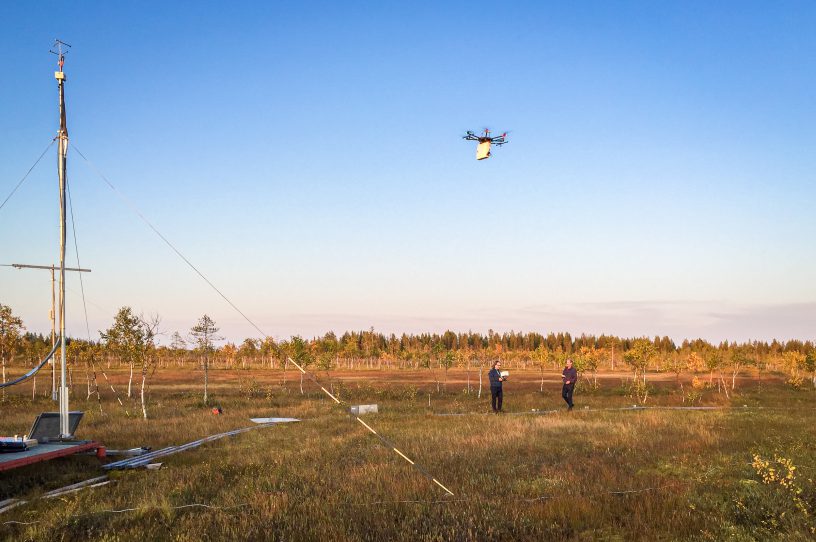

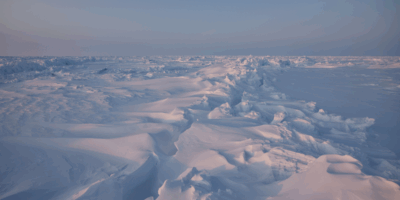
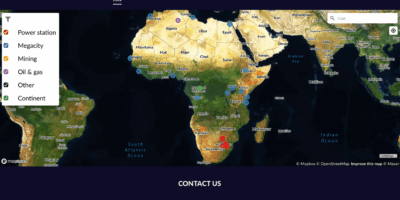

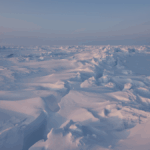
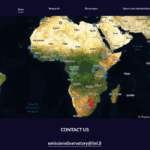
Leave a Reply
You must be logged in to post a comment.